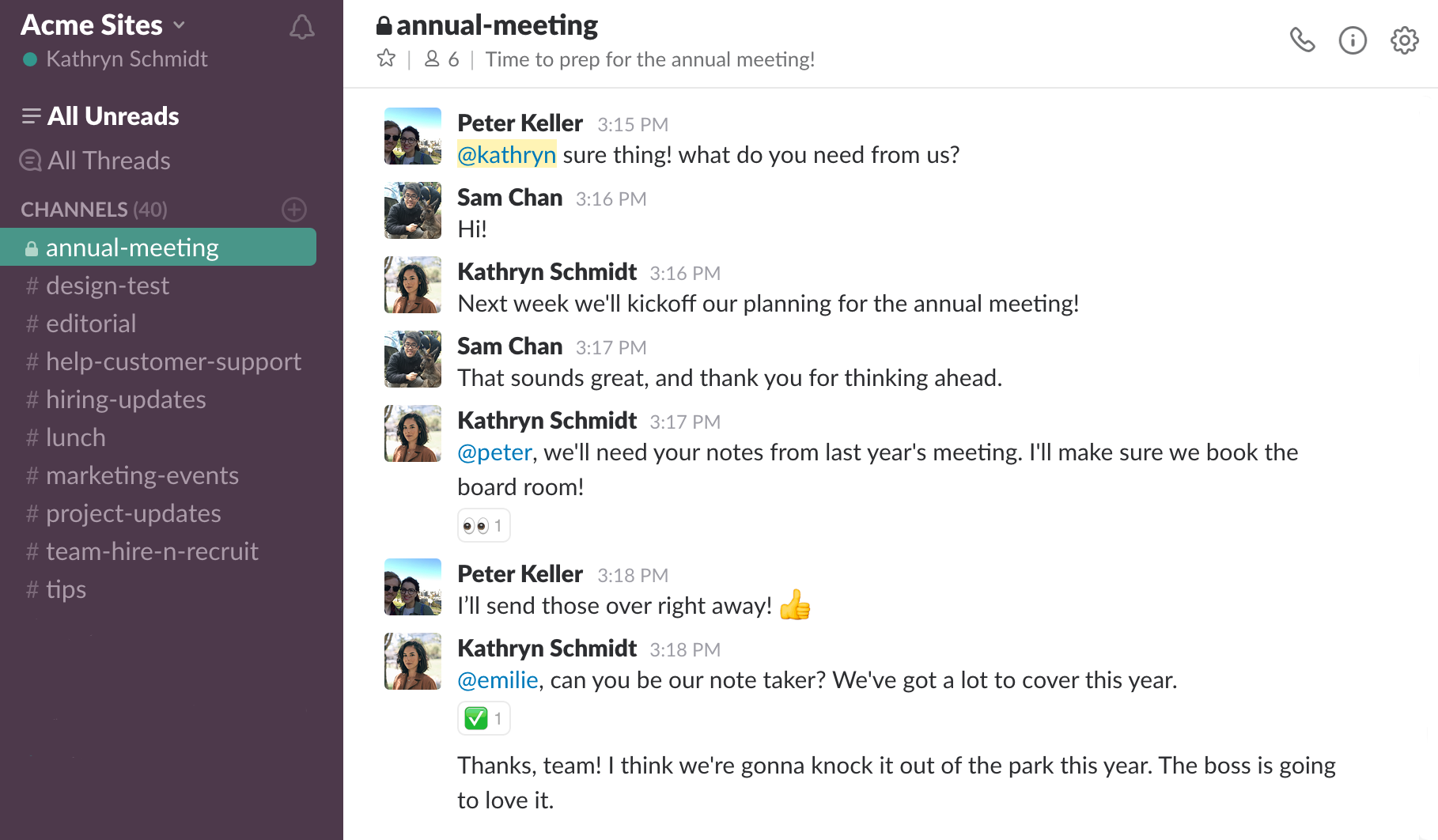4 Secrets Behind Effective Distributed Teams

4 Secrets Behind Effective Distributed Teams

One of the most interesting things that I have seen in today’s business environment is the explosive growth that can be achieved in an instant by lean or underfunded startups.
Huge corporations have been challenged and markets have been either created/expanded as a result of these startups’ ability to grow so quickly. Agility and scalability have been built into the DNA fabric of every startup that utilizes distributed teams and thanks to the utilization of these distributed teams, startups and progressive corporations that have embraced the concept of them have been able to accomplish amazing things. The process of building or integrating a distributed team has its challenges but is an exceedingly rewarding undertaking. The experience we’ve gained here at Upstack from years of successful integration means we know what works. It’s our goal to help startups build effective distributed teams so they can fulfill their potential. Here are my four secrets behind effective distributed teams.
Daily Standups
With team members being dispersed across different locations, daily standup meetings ranging from five to fifteen minutes is one of those best-kept secrets that so many startups employ to ensure that members gel and perform at the highest level possible. These short but meaningful meetings ensure that goals are met and that a motivated team operates on the same page possessing the same information. They also encourage positive team building and collaboration while reducing the likelihood of any holdups or problems.
Project Management and Communication Tools

Screenshot courtesy of Slack
One of the challenges of working with a distributed team is the potential for communication lapses. The best way to overcome this is by over-communicating. Utilizing project management software and communication tools fosters greater communication and collaboration with all team members, as every team member can visually track the workflow and information flow more freely replicating the traditional work environment. There are a number of project management and communication platforms that I would recommend using; Asana, Jira, Trello, Slack, Skype, and Google Hangouts are all great options to keep the team on schedule, integrated, and on a mission. You can read more about our style of communication, here.
Managing Different Time Zones

Distributed teams have to function like a well-oiled machines and that goal may seem initially daunting, but with proper planning and systems in place, managing teams that span the globe can provide a competitive advantage. When time zones are managed effectively it makes it possible to work around the clock and Slack is a platform we use to help us manage our asynchronous communication and we honestly couldn’t live with it.
Hiring the best talent
Finding and retaining the best talent is the secret sauce that makes the difference. Talented individuals and talented individuals that have the personality and values that allow them to thrive in a distributed team environment will be the difference between success and failure. Finding team members that are communicative self-starters will ensure that your distributed team is successful.

